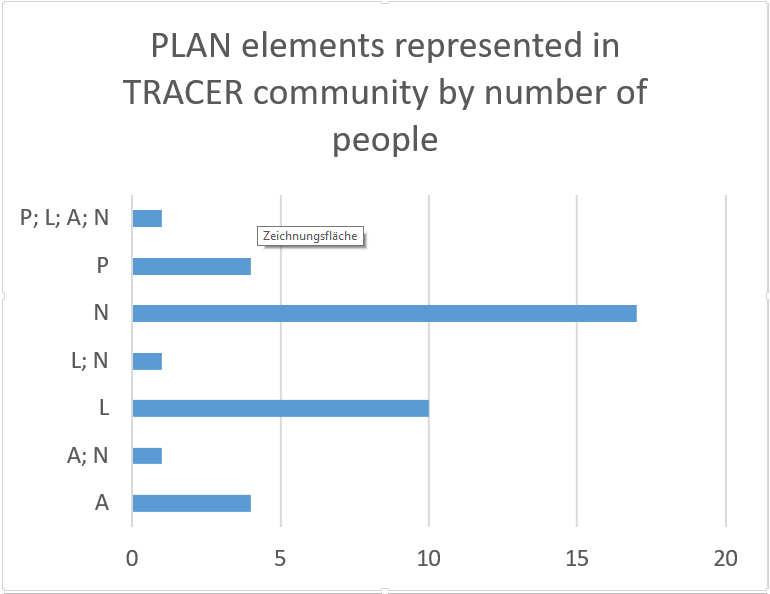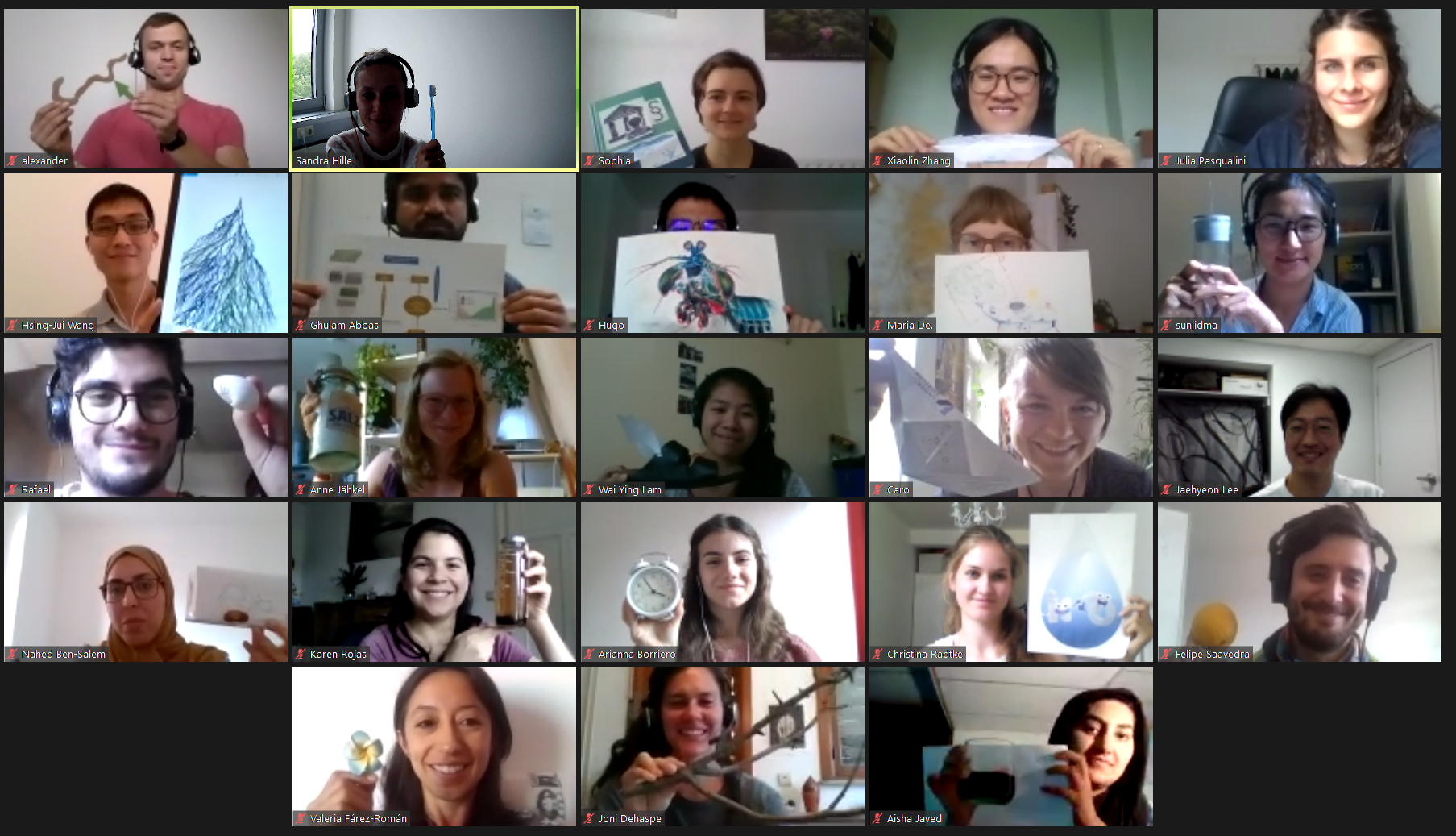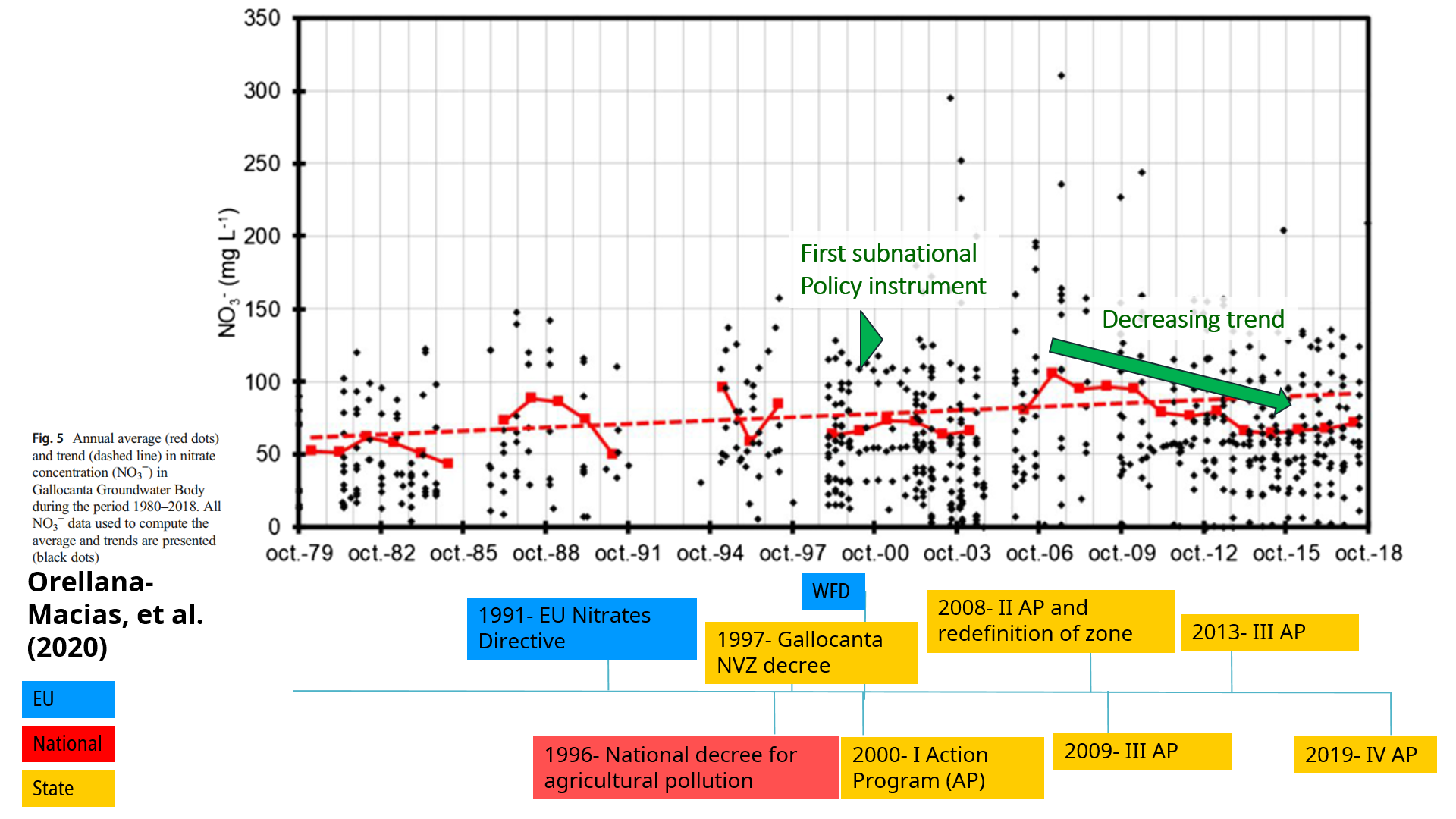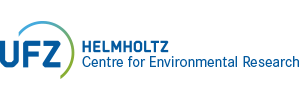Coordinators:
Dr. Sandra Hille
Phone: +49 341 6025 4674
sandra.hille@ufz.de
Dr. Julia Pasqualini
Phone: +49 341 6025 4541
julia.pasqualini@ufz.de
Brückstraße 3a | 39114 Magdeburg | Germany
Final General Assembly from 9-11 July 2025
We started with Posters and continued with a synthesis of the generated knowledge of the past 6 years of TRACER. Our research has primarily focused on processes related to the natural attenuation of nutrients (especially NO3+), examining this phenomenon across various temporal scales (multidecadal, yearly, seasonal) and spatial scales (from biofilms to reaches and catchment levels). Additionally, some of us have investigated the effectiveness of different management practices and legislative frameworks in reducing nutrient loads in streams.
We made a great progress, but there are still a lot of new challenges coming up, especially considering that the boundary conditions are changing due to climate change. During the last day of the workshop we focused on different career opportunities after the PhD. Thanks to our external guests from UBA, BfG, UFZ and the state agencies. The insights from their jobs were really valuable!
TRACER offers 4 new PhD positions. Application deadline: 31.11.2021
TRACER course on 'coupled hydro-ecological systems' from 27.09.-01.10.2021 and TRACER general assembly from 04.-08.10.2021 - both planned as face-to-face events
virtual seminar series organized by the DYNAMO PhD college on the topics: 'modeling of solute transport', 'environmental tracers for flow processes', 'water quality modelling' and 'nutrient concentration-discharge relationships' in March, April, May and June 2021
3rd part of TRACER course 'Science-Policy Interfaces' as webinar with Stéphane Isoard (EEA) on the topic: 'European Green Deal' on 08.12.2020.
2nd part of TRACER course 'Science-Policy Interfaces' as a semi-structured interview with Ilona Bärlund (UFZ) and Kilian Christ (UNep) on the topic: 'World Water Quality Analysis' on 01.12.2020.
virtual synthesis workshop from 02. until 20.11.2020
• keynote from Dr. Luis Samaniego on 'Scaling in hydrology - An introduction to the Multiscale Parameter Regionalization (MPR)'
• 5 synthesis topics
• Mini Course on ‘Social-ecological-technological systems and socio-technical transformations - an urban water perspective’ by Nona Schulte-Römer and Elisabeth Krueger
• PhD peer-to-peer discussions
virtual TRACER course on 'Integrated hydro-ecological catchment analysis: Drivers of nutrient export from river networks – From habitat to catchment scale' on 15. and 16.10.2020
1st part of TRACER course 'Science-Policy Interfaces' as a webinar from UBA on the topic of 'Don't forget the small ones - The ocsts and financing of small-scale water supply and sanitation services in the pan-European region' on the 8th of July 2020.
First TRACER General Assembly on 6th and 7th of July 2020 as a virtual meeting with very good participation (~ 42 members attended on both days).
 © TRACER Team - Sandra Hille
© TRACER Team - Sandra Hille
Alexander Wachholz and Karen Rojas will join the ESC as PhD representatives.
1st TRACER PhD cohort now complete. The virtual kick-off meeting on 24.th of June 2020 was a big success
 © TRACER Team - Sandra Hille
© TRACER Team - Sandra Hille
PhD call was a huge success with over 260 applications for the 5 offered positions.
----------------------

